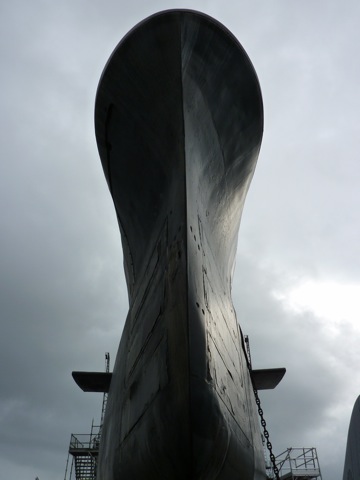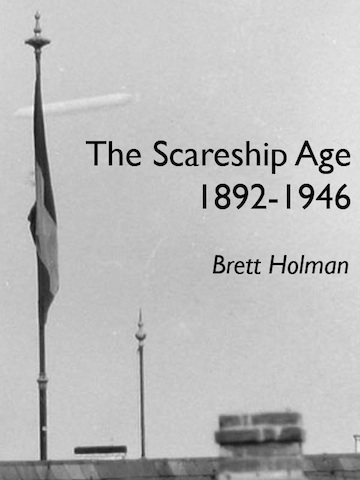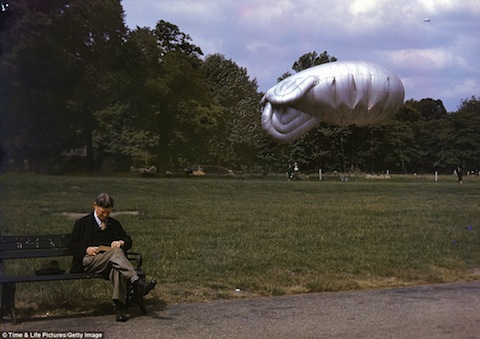Fears of poison gas attacks during the Blitz don't receive much attention from historians, and with good reason: not only did they not take place, but the evidence (for example, the number of gas masks being carried about) suggests that most people were complacent about the possibility. But not all. On 2 September 1940, a Mass-Observation investigator in London heard the following from a woman in her mid-30s:
There's a nasty rumour going around that Hitler's going to start using a gas this week that's going to penetrate women's bodies through their sex organs. Women will have to go about wearing sanitary towels all the time. Its [sic] going to cause a lot of disturbance.1
Scientific implausibility aside, this rumour encapsulates the horror of gas, that it permeates inside the body and kills from within; and that as a product of science it might be developed into new and even more horrific forms. On the other, though, here the horror is a very gendered one, perhaps drawing upon existing anxieties about women's centrality to total war's front line (i.e. the home front) and the difficulties of maintaining feminine hygiene in a time of rationing and shortages. (The woman who passed on the rumour is described as 'normally much too "respectable" to mention such a subject', suggesting to the investigator how badly it had shaken her morale.) Or perhaps it has something to do with a perceived Nazi obsession with race and reproduction.
I wonder if there's a literary origin to this rumour. Shaw Desmond's rather science-fictional knock-out blow novel Chaos (1938) has a weapon which is reminiscent, though there it affects both sexes:
Then there was the Genital Gas, which was said to destroy the genitals of men and women, to make them childless for ever, and to turn their faces into smiling masks for them to strike horror amidst their fellows.2
There's no way of knowing, but the 1940 rumour does sound like it could easily have started out as idle speculation inspired by something like the 1938 novel, and mutated into specifics and certainties from there.
- Mass-Observation Archive, TC 65/4/B.
- Shaw Desmond, Chaos (London: Hutchinson & Co., n.d. [1938]), 451. A review of Chaos caused the Communist Daily Worker to take aim at the Conservative Evening Standard for its depiction of the next war, though having read the novel myself really I can't understand what the complaint is. Then again, the point was politics, not literature. See Novae Terrae 25 (August 1938), 43.





Comments
Dr.Hamidzeb Khan, Ralph, Brett Holman, David Beale, Sunnu Golwalla, Murat Gulkan [...]
Brett Holman, Jonathan Dresner
Brett Holman, Urban Garlic
Brett Holman, Alan Allport
Brett Holman, Ian Evans, Brett Holman, Chris Williams, TF Smith, Brett Holman [...]
abdellah ouhssini, Airminded · What happened to Nevil Shute
Avinash Machado, Brett Holman, JDK, Brett Holman, JDK, Neil Datson